This list is PACKED with 30 essential tea tips you absolutely need to know to make the best cup of loose leaf tea ever. It will change your life.
If you are just learning about loose leaf teas here are some basic guidelines and tea tips that will clear up any confusion you may have.
1. Where Does Tea Come From?
All tea comes from the same plant, Camellia sinensis. The difference in tea type is in the way the tea leaf is processed or oxidized. This is important for any tea lover to understand the types of tea. Follow these tea tips for your best cup of tea.
2. 6 Types of Tea
It is the process for picking and drying that determines the type of tea. Much like wine, the region in which the tea is grown and subsequently processed, gives its own distinctive flavor. There are six main styles of tea: Black, Green, White, Yellow (rare), Oolong, and Puerh.

Shades of Earl Grey - $19.95
from: Firebelly Teas Inc.
3. What is Black Tea?
Black tea is fully oxidized producing a hearty deep rich flavor of amber-colored tea. It is the most popular style of tea in most western countries and used in many blends such as Earl Grey, English Breakfast, and Chai.
4. What is Green Tea?
Green tea is not oxidized. It is roasted, rolled, and either steam or pan-fried preventing oxidation. This produces a refreshing tea with a sweet-smelling aroma. Green tea has a lighter flavor than black tea. It is most popular in eastern countries, but becoming more popular in the west.
5. What is White Tea?
White tea is barely oxidized and has a sweet subtle flavor. White tea is mostly processed from the bud only but can incorporate the first or second leaf as well.
6. What is Yellow Tea?
A high mountain tea similar to green tea produced only in China and rarely exported. Yellow tea is lightly oxidized producing a mellower tea than green tea.
7. What is Oolong Tea?
Oolongs are partially oxidized, within a range of 12 to 80 percent. Oolongs are some of the most prized teas due to their intricate processing, which provides a complex flavor that evolves with each sip. The flavor is complex and depends on the skills of the tea maker.
8. What is Puerh Tea?
Puerh tea is an aromatic black tea originating in Puerh, China. The leaves undergo double fermentation and are compressed into bricks or cakes. This made it easy to transport and exchange tea in ancient China. Still produced today, this is perhaps the most exotic of Chinese tea.
9. Where is Tea Produced?
Thousands of tea estates around the world produce tea. Each estate masterfully crafts a unique tea. The largest tea producing countries are China, India, Sri Lanka, and Kenya. But many other countries throughout the world produce tea.
Related: The World of Tea
10. What is Specialty Tea?
Specialty tea is the segment of the tea industry that produces high-quality loose leaf tea, single estate tea, fair trade, and organic tea, and rare tea such as white or Puerh.
11. How is Specialty Tea Made?
Specialty tea or fine tea is produced for its exceptional qualities. Unlike mass-market or commodity tea, specialty tea consists of whole leaf or partial leaf tea. Skilled artisans handpick and process the top two leaves and bud from each tea shrub. Their time-honored practices are still followed today.
12. How is Tea Bag Tea Made?
Most commodity tea is finely cut and blended from a variety of tea estates to use in tea bags. The tea leaves are cut up into tiny little pieces. Specialty tea imparts more flavor than the finely cut leaves of tea bag tea.
13. What is Loose-leaf Tea?
Specialty teas that are left loose for ease of brewing. They usually come from a single estate and each estate is revered for its unique flavor profile. Specialty teas have a superior flavor because the leaves are larger.
Related: What is Specialty Tea?
14. Brewing Loose Leaf Tea
First, throw away your tea ball and gather together loose tea, teapot, tea kettle, mesh strainer, and a teacup. Brewing specialty tea is an art you can easily learn. These basic tea tips are worth the effort.
15. Steeping Tea
Premium tea leaf is just too large for the confined space of a tea ball. It will not steep properly. Use an open mesh strainer instead. If you don’t have one, simply steep the leaf loosely and pour into a new cup through a strainer for drinking. The leaf has more room to open up and infuses much more flavor.
16. How Much Loose Leaf Tea?
The amount of tea you use will also vary with the size of the leaf and the preference of the tea drinker. One teaspoon or 3 grams is the average amount for a cup of tea. The reason I say throw away your tea ball is they were designed for western use when the available loose tea was always cut very fine.
17. Styles of Tea Brewing
There’s not a one size fits all formula for brewing loose leaf tea. Whole or partial leaf tea comes in many diverse styles so brewing types will vary with the tea. In general, there are two types of brewing styles. Western-style brewing uses more water than leaf and Eastern-style brewing uses more leaf than water and is brewed in a smaller vessel.
Related: Brewing Tea: The Ultimate Guide
18. Water Quality
It's best to use filtered water. Many municipal waters can have a chemical taste and well water may be too high in mineral content. The ideal water has a neutral pH value of 7.0. Most bottled spring waters will work well if you don’t like your filtered tap water. I use my municipal tap water once filtered without a problem.
19. Measuring Tea by Weight & Volume
The ideal ratio of leaf to water for most tea is two to three grams of tea leaf for six ounces of water. Most quality tea retailers will provide brewing instructions for the type and style of tea leaf. Follow the merchants' instructions first.
20. Tea Leaf Size
The larger the leaf, the larger the volume needed. Notice the weight remains the same regardless.
-
-
- Small leaf or small bud: 2-3 grams / 1-2 teaspoons per 6 ounces water
- Medium size leaf: 2-3 grams / 2-3 teaspoons per 6 ounces water
- Large leaf: 2-3 grams / 1-2 tablespoons per 6 ounces water
-
21. Best Water Temperature for Tea
Water should be boiled only once. If you are not using a thermometer, the temperature can be assessed by following these visual tea tips:
-
-
- White or green: 160°- 170° F. Column of steam steadily rising.
- Oolong: 180°- 200° F. “Fish eyes” or lazy bubbles.
- Black: 190°- 200° F. “String of pearls” or almost boiling.
- Puerh: 200°- 212° F. “Turbulent waters” or rolling boil.
-
22. Health Benefits of Tea
Regarded for thousands of years as a key to good health, happiness, and wisdom, tea has caught the attention of researchers in the West, who are discovering its many health benefits.
23. Tea and Health Studies
Many scientific studies show that regular tea drinking can have significant health benefits. After all, it is plant-based food. There are over 3,000 published, science-based studies regarding the health-promoting benefits of tea, proving tea is the ultimate healthy beverage.
24. Tea Flavonoids
Flavonoids are the same compounds found in fruits and vegetables and are the major bioactive compounds found in tea. However, in tea, they are found in very high concentrations. Because of this, tea may help in maintaining good health. All tea that comes from the Camellia sinensis plant contains flavonoids, regardless of how it's processed.
25. Cardiovascular Health
Tea flavonoids are linked to cardiovascular health, cancer prevention, weight management, metabolism, and other health benefits. Research studies have shown that tea drinkers tend to have a lower risk for cardiovascular disease, certain cancers, and many other chronic diseases.
26. Heart Health
Studies have shown that tea may help support healthy blood flow and circulation by improving blood vessel function. Research associates tea-drinking with a reduced risk for high blood pressure, stroke, and hardening of the arteries (atherosclerosis).
27. Cancer
Studies suggest that tea may help reduce cancer risk in a variety of ways.
-
-
- Boosts the immune system
- Inhibition of uncontrolled cell growth
- Reduction of free radicals
-
The majority of studies on tea and cancer have been done with green tea.
Related: Cancer Hates Tea
28. Green Tea Health Benefits
Green tea contains a compound called epigallocatechin gallate (EGCG). This compound is what scientists believe protects against various types of cancer. Emerging research suggests black teas may provide similar benefits.
29. Tea and Weight Loss.
Tea flavonoids may help increase metabolism and fat oxidation and improve blood sugar control, as found in some studies. It is the tea catechins, which is a type of flavonoid, that provide a modest shift in metabolism promoting weight loss and maintenance.
30. Anxiety
Because of its unique chemical properties, tea provides calm focused energy. Tea is the vehicle that allows you to contemplate, share, and connect. L-theanine, the brain relaxing chemical found in all tea, is highest in shade-grown tea such as matcha. Matcha tea activates dopamine and serotonin receptors. One research study showed that matcha reduced anxiety in mice.
Related: L-theanine: Is it The Secret to Tea Happiness?
Always buy the best and freshest tea you can find. The best way to find a tea you love is to try many different kinds of tea. Many shops that sell tea online will send samples with your order. And buy the best tea you can afford. You won’t be disappointed.
With these basic tea tips, you'll have the best cup of tea yet!


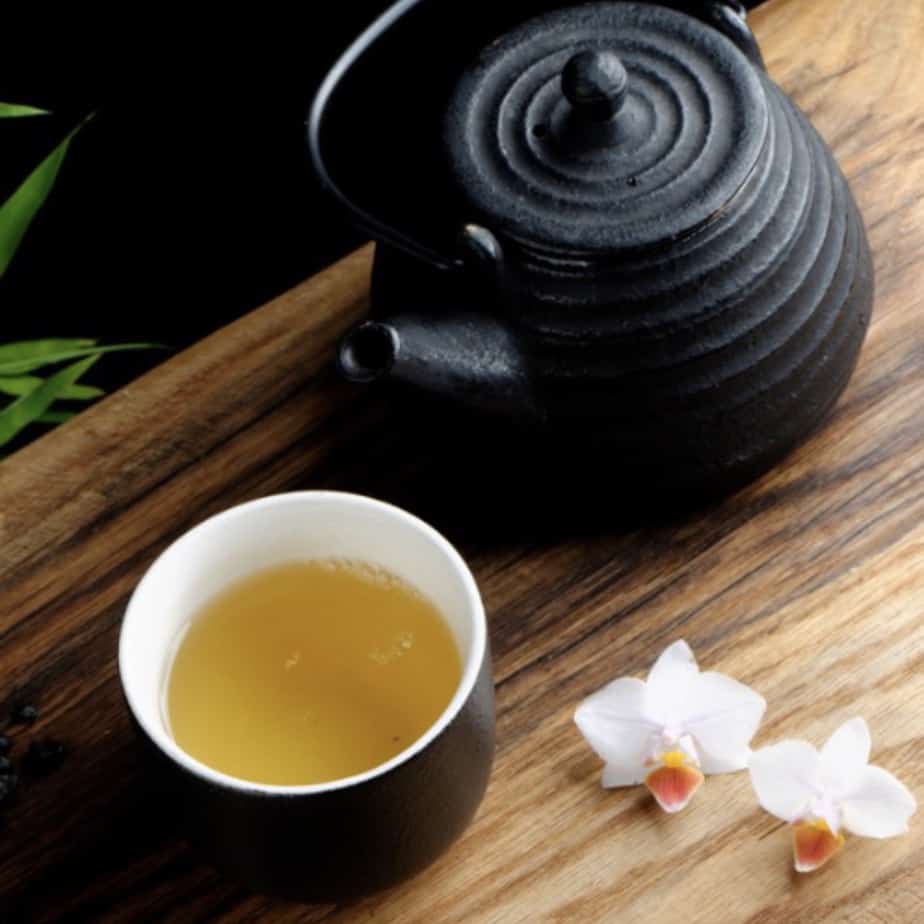

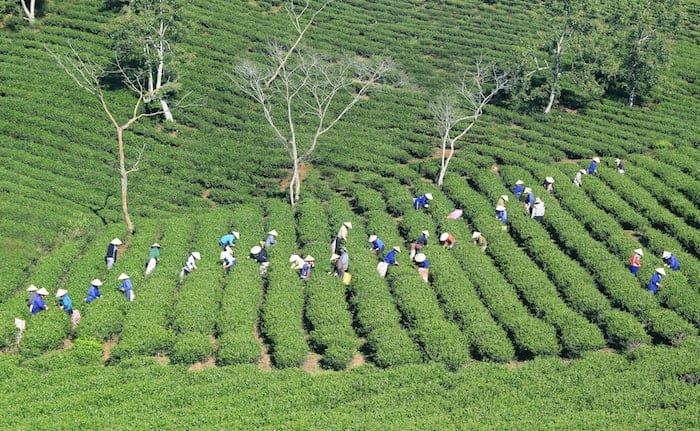
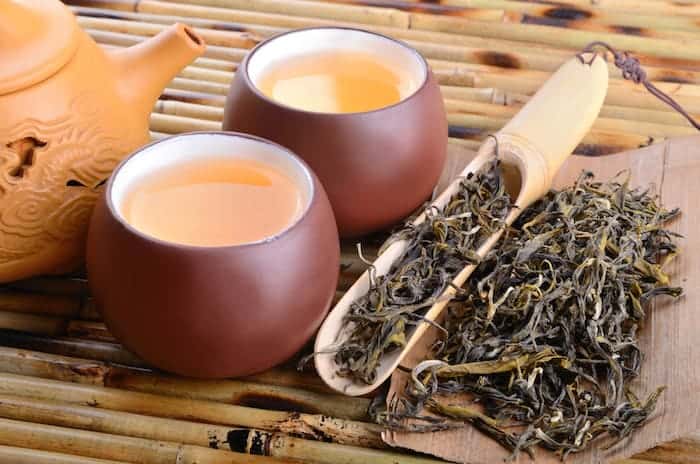
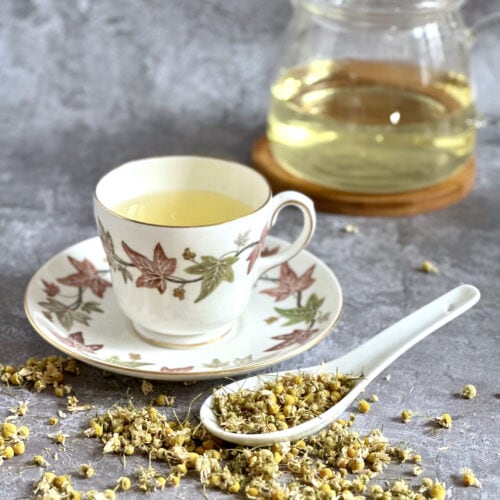
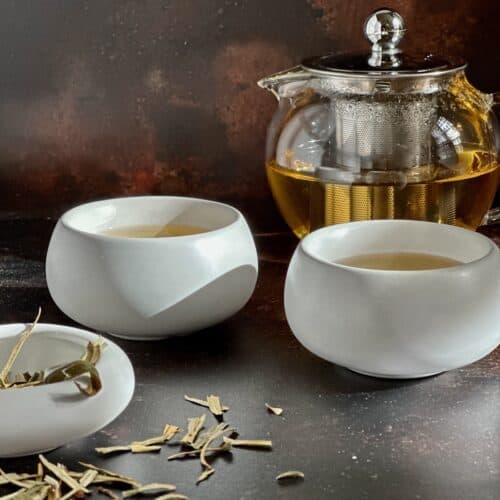
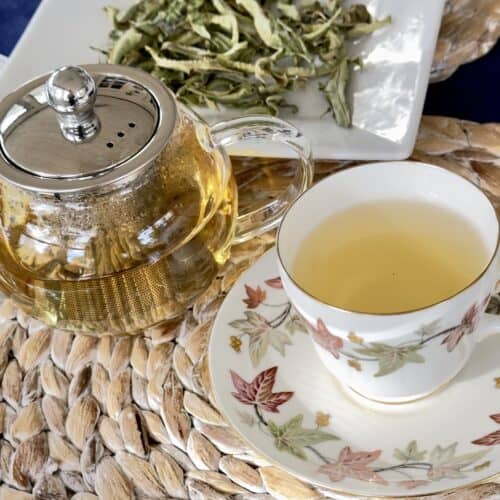
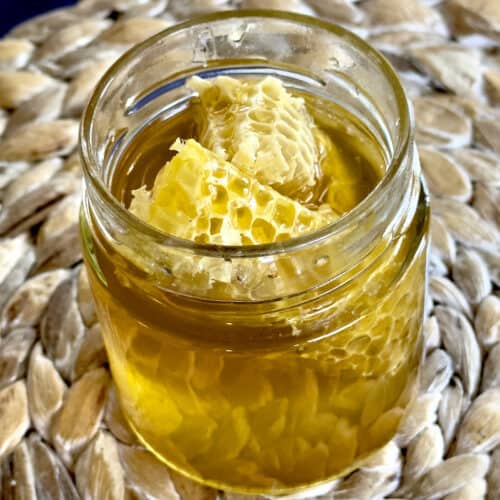
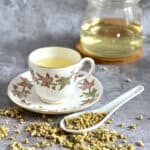
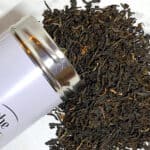
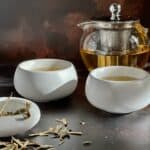
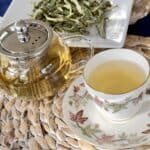


Leave a Comment